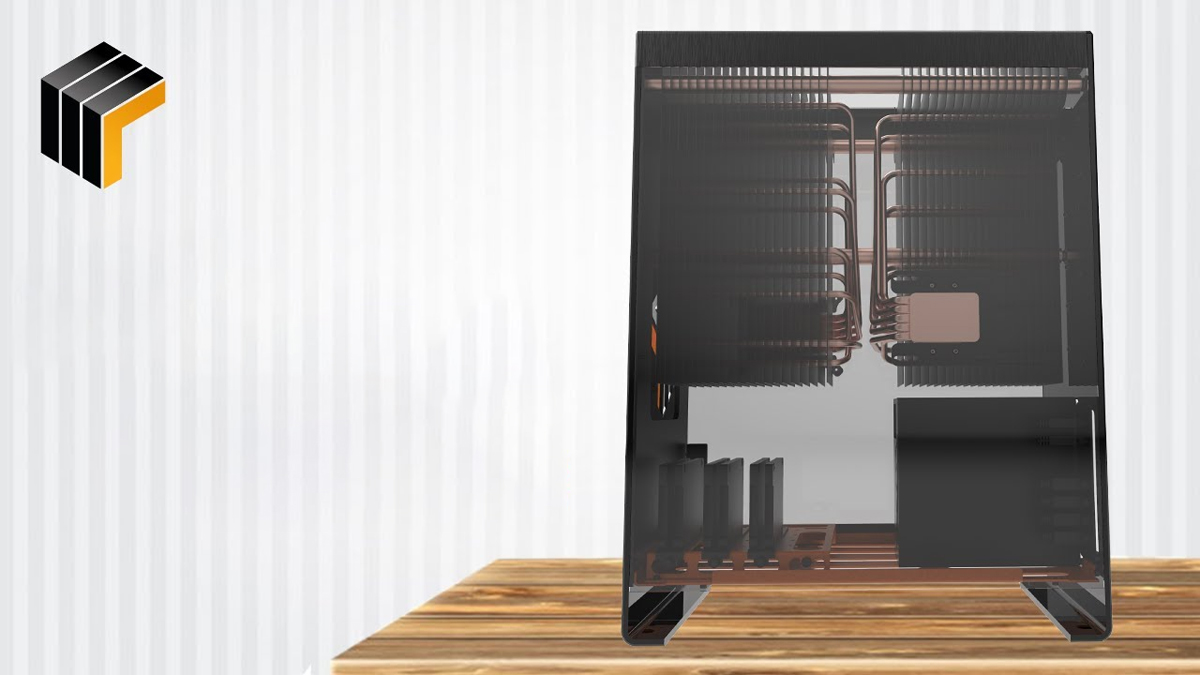The D15 is certainly not a small heat sink, and There is no question that the D15 will get better airflow and is designed to have a fan strapped on. Even though it’s lighter, it may perform better given an airflow design optimized for a fan vs airflow optimized for convection.
unless that is what you were saying (I might be a little dense right now)
I think ... it depends. So thinking about it a bit more... maybe I should retract my sucker bet comment. I initially was thinking that more air will always yield better cooling, so the passive cooler was going to win hands down once you strap a fan to it. But after thinking through it a bit more here, I'm not so sure about that.
Your right - it's possible that a cooler with a smaller volume could cool better - because it may have more fins packed into a smaller area -- giving it more mass and surface area. Volume really only matters as it pertains to generating more surface area. The reasons HSFs have all those fins is just that - to give it more surface area for a given size (volume).
So - it depends. The one that weighs more will probably cool the best, to be honest, if you wanted just a rough thumb rule. That doesn't necessarily always apply, since you could have a really heavy baseplate or something... but for the most part, the more fins you have the more readily it will be able to reject heat... and with a fan you can pack those fins in more closely knowing that you have a fan pushing the air through. On a passive cooler you have to space them out a bit more or they will just get heat saturated and the channels aren't wide enough for the air to push - so you won't effectively transfer to the air that only has convection to drive it through the fins. And as you drive the mass flow (air flow) up - all HSFs will perform more efficiently, so more/faster fans will only help in all cases.
So if you have roughly the same base plate and mounting mechanism -- and most HSFs are going to be close in that regard -- the one with the most fins (surface area) is going to win, regardless. So the one that weighs more is probably going to carry. You can pack more fins in a smaller package if you know you have a fan to push, but I don't know how the mass / surface area difference will be with the passive monster cooler.
(I know - mass doesn't directly correlate to cooling capacity. Here I'm just using it as an easy proxy to get a relative comparison of number of fins... which will roughly correlate to surface area, and I'm making the assumption that the fins are made of roughly the same material and same thickness/guage. Mass does play a role, but it's more in how long it takes to hit saturation on a given cooling solution.)

 www.fanlesstech.com
www.fanlesstech.com


